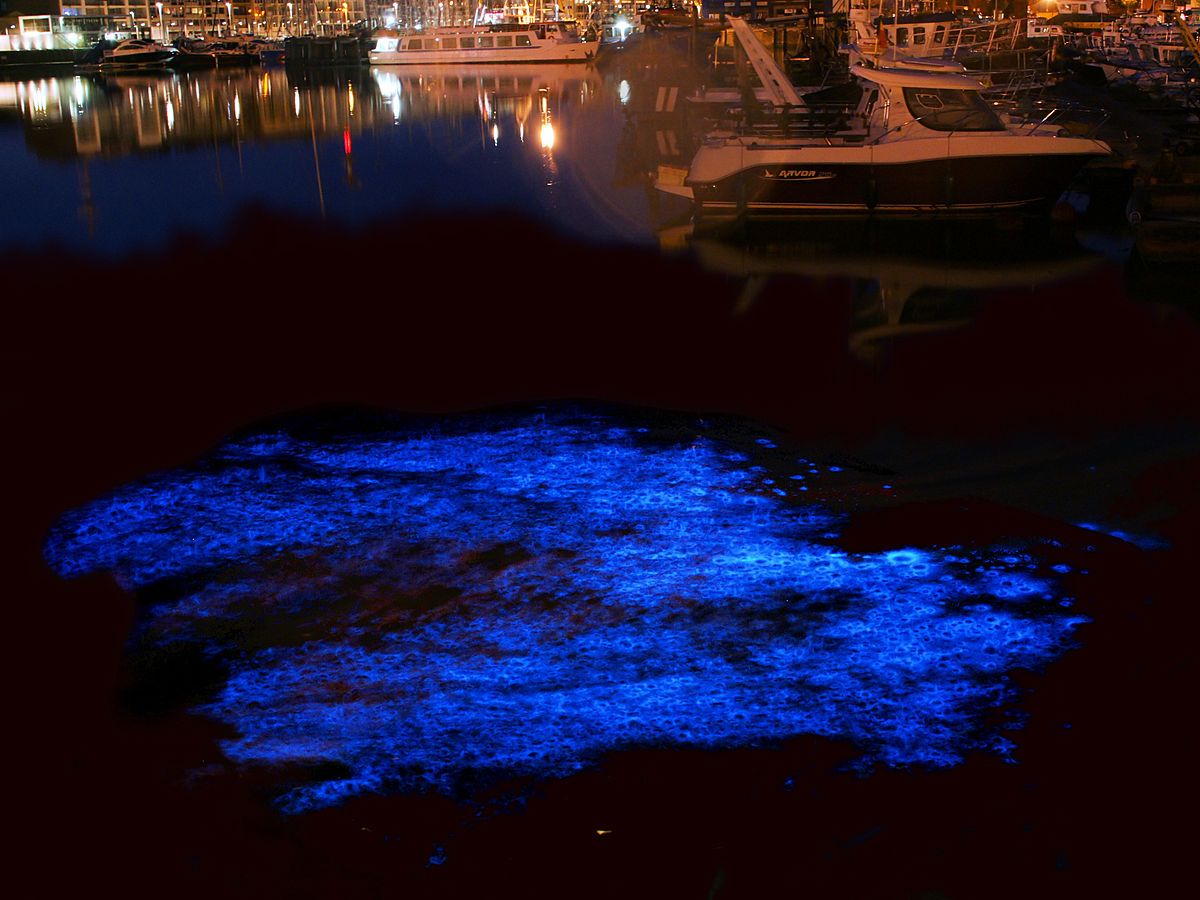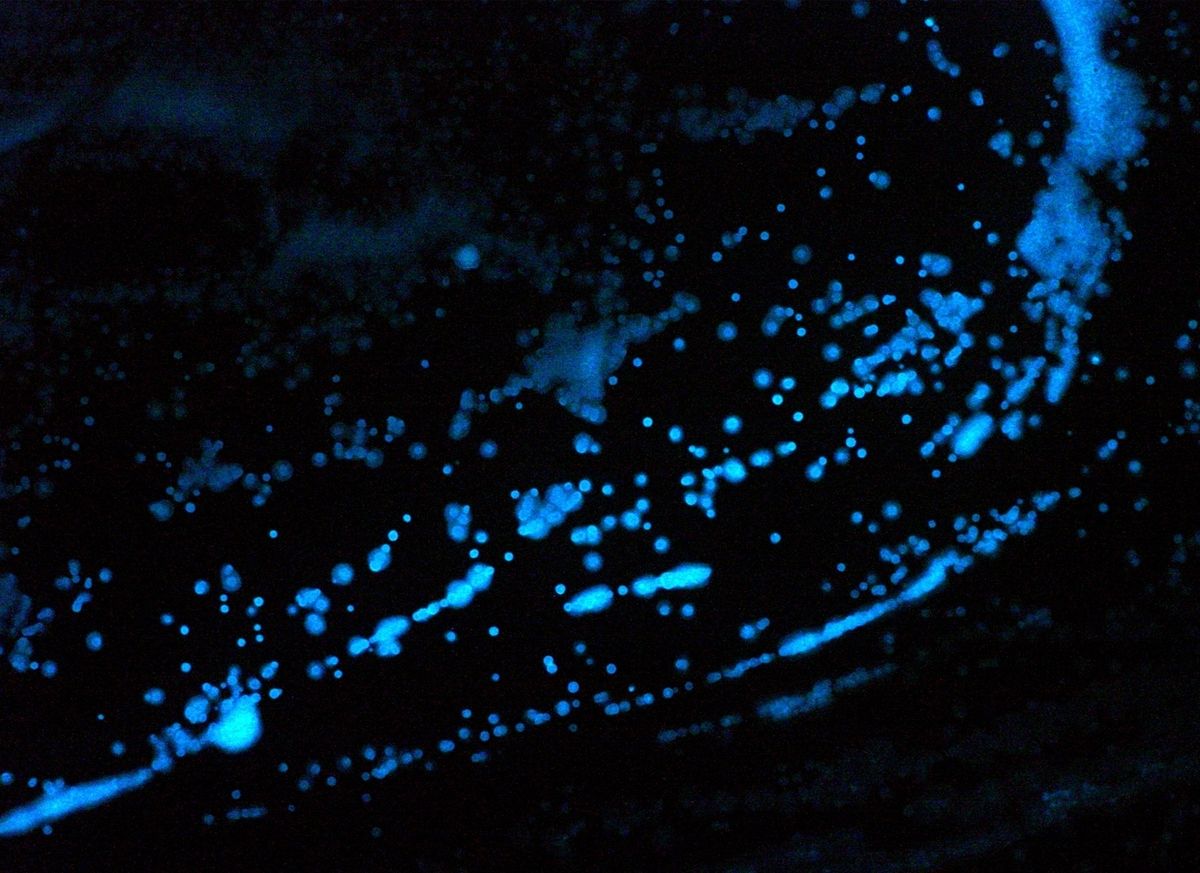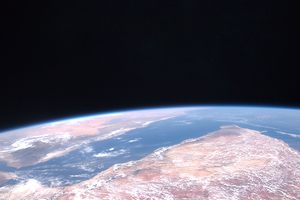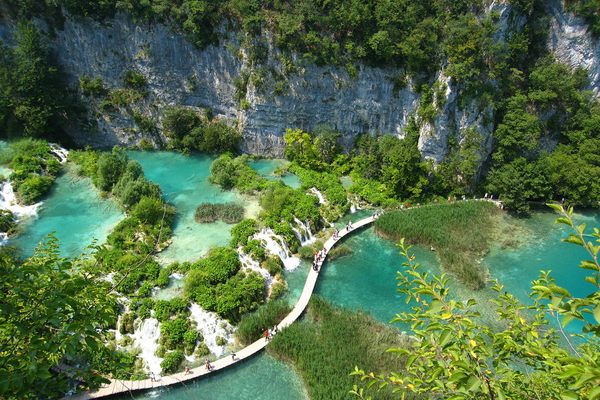About
The world's largest bioluminescent area, a patch of ocean roughly the size of Connecticut, went undiscovered by science until 2005. Known as the "milky sea," it has long been a subject of folklore within the sailing world. It even showed up in Jules Verne's 20,000 Leagues Under The Sea:
“It is called a milk sea” I explained. “A Large extent of white wavelets often to be seen on the coasts of Ambouna, and in these parts of the sea... the whiteness which surprises you is caused by the presence of myriads of infusoria, a sort of luminous little worm.”
Despite these tales of a great glowing ocean, the scientific community largely ignored them, as it was thought that the concentration of bacteria necessary to create such a massive glowing area was impossible. Then a scientist named Steve Miller decided to double-check.
Searching the internet for recorded accounts of the phenomenon he came across the logs of the S.S. Lima which recorded crossing the milky seas in 1995. While it was presumed that no area would be large enough, or have a sustained enough glow to be captured by satellite imagery, Miller, with the help of Steve Haddock, acquired archival data from the U.S. Defense Meteorological Satellite Program for the night that the Lima recorded the phenomenon. When they overlaid it with the coordinates recorded by the S.S. Lima, they suddenly saw it shining up at them: A huge bright area off the horn of Africa.
Believed to be caused by the bioluminescent bacteria Vibrio harveyi, the glowing area measures over 15,400 square kilometers and was seen by satellite glowing for three nights in late January. It remains unclear how such a large congregation of bacteria can exist.
Related Tags
Published
October 15, 2009
























